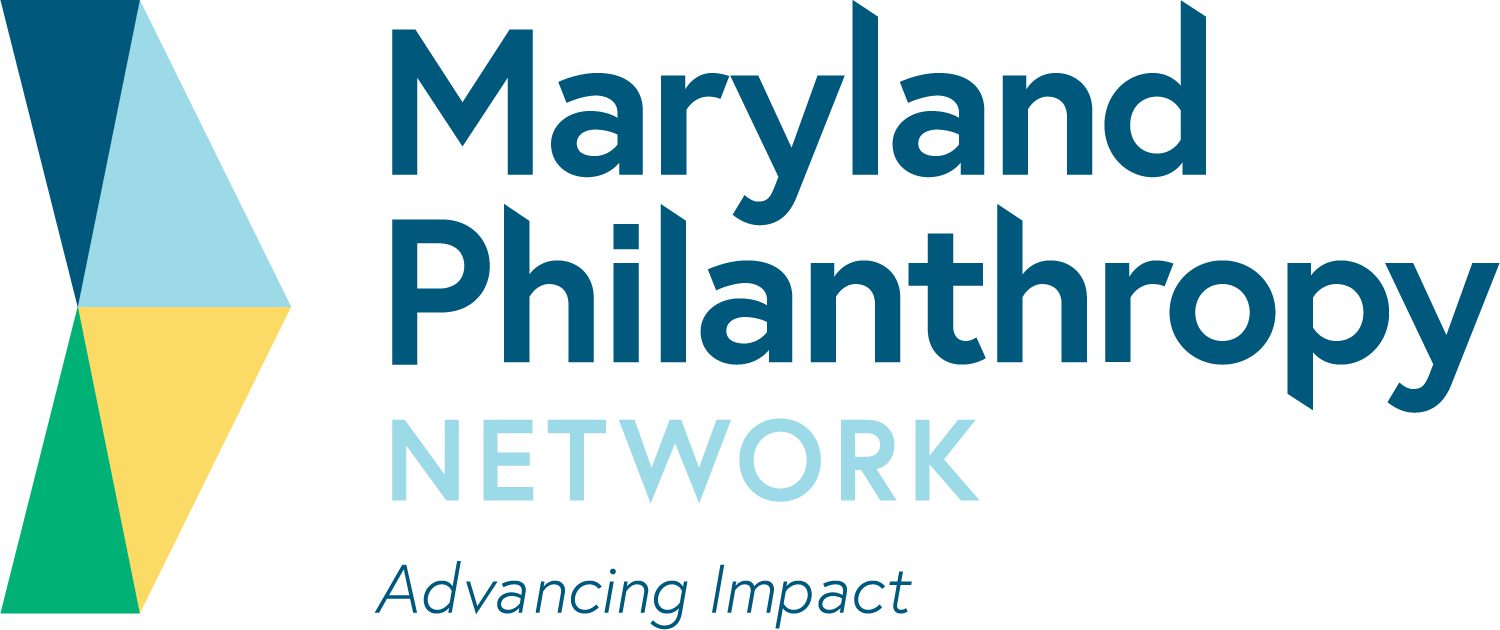Join us for a special conversation with civil rights activist Nelson Malden and Kevin Shird, author of The Colored Waiting Room: Empowering the Original and the new Civil Rights Movements.
National coastal flooding expert, Professor Sam Brody, of Texas A & M, returns to Baltimore on April 26 to continue our examination of how floo
Initially released in October 2015, the BaltimoreLink Plan is a complete overhaul and rebranding of the core transit system operating within the city and throughout the greater Ba
Maryland Philanthropy Network is pleased to be partnering with EPIP on this conference by serving on the planning committee.
The Human Capital Office leads Baltimore City Schools in attracting, developing, evaluating, engaging, and retaining high-quality leaders for all roles at all levels, ensuring equity, excellence, and opportunity in support of improved student outc
At the Maryland Philanthropy Network, we believe that authentic relationships between nonprofit organizations and funders are key to sustainable social change.
One of financier Eddie Brown’s biggest regrets in life is never having thanked the donor who paid for his university education.
The arts in Maryland provide countless opportunities for learning, cultural enrichment, and community impact. Major cultural institutions and burgeoning small and mid-sized cultural institutions are working to be relevant and attractive to diverse audiences, while oftentimes vying for the same limited resources.
Maryland Philanthropy Network (the Network), a statewide membership association representing more than 130 organizations, announced the appointment of five new members to its Board of Directors, as well as the slate of officers fo
This is a time of change for philanthropy, especially related to how we deploy our resources to best meet urgent and emergent needs of our communities.
Maryland Philanthropy Network invites you to join a variety of experts who will be sharing their insights into the issues providers supporting the developmental disability community are facing during the pandemic, what supports are available, and what gaps remain.
In the spring of 2015, Jamye Wooten took a reverend from Ferguson, Missouri, on a tour through Baltimore. It was several weeks after Freddie Gray, a 25-year-old Black man, died while in police custody.
Shanea Napper’s distress is evident in every line of the email she sent to Baltimore Mayor Bernard C. “Jack” Young.
The Prenatal to Five Impact Collaborative (PN-5 Impact Collaborative) meets each month.
Establishing a scaled fiscal hosting solution for Baltimore through a collaborative process that demonstrates local philanthropic support, strong financial analysis, and grassroots leadership could transform the field. Join us for an exploratory conversation about applying this idea to the recently announced 2030 Racial Equity, W.K. Kellogg Foundation challenge.
The aged homeless population is growing rapidly and will continue to grow for the next decade. Please Maryland Philanthropy Network’s Baltimore Seniors & Housing Collaborative for a discussion on forecasts of the aged homeless population; projected costs associated with the use of shelter, health care, and long-term care by this aged homeless population; proposed housing and service intervention models matched to the varying level of housing and services needs of these subgroups; and potential service cost reductions associated with housing interventions.
Please join the Health Funders for a dive into the problematic health disparities in COVID-19 cases among people of color and the social determinants that play into those disparities. This program will include a conversation about addressing social determinants, and the importance of health equity in response to COVID-19, ideas for responding to health disparities through philanthropy, and areas for shared learning.
The Mayor’s Office of Employment Development (MOED) has launched a new storytelling campaign, Work.Better.Together, to help all Baltimore City residents secure
The philanthropic sector faced massive shifts over the past two years. The pandemic prompted some funders to increase payouts and loosen — or entirely lift — grant restrictions, while the racial reckoning forced many to confront the imminent need to shift power dynamics, increase internal diversity, and act with intention to support organizations led by and serving people of color.
In an effort to improve educational outcomes in Baltimore and across the state, Impr

